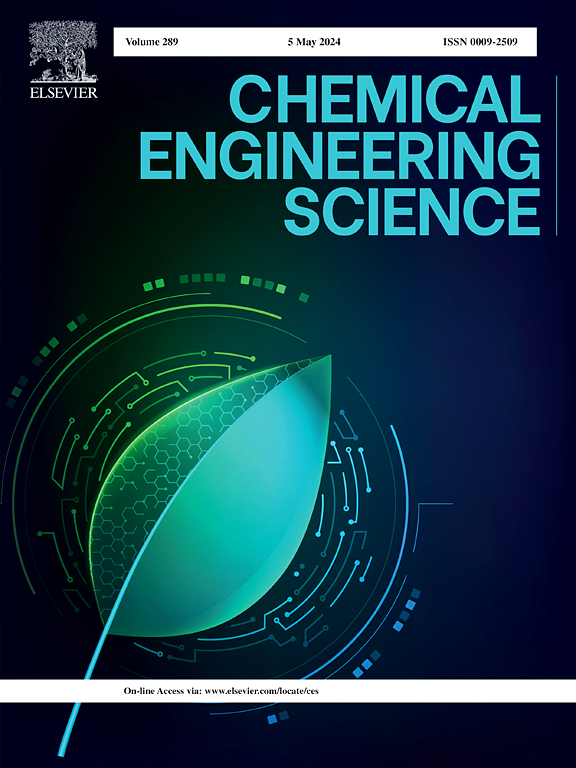Evaluation of Particle Mass Transfer Rates in Electrostatic Precipitators
IF 4.1
2区 工程技术
Q2 ENGINEERING, CHEMICAL
引用次数: 0
Abstract
Particle deposition (mass transfer) modeling within electrostatic precipitators (ESPs) requires numerical solutions for fluid flow, electrostatic potential, and particle charging and migration. To better facilitate predictions of ESP performance, we introduce a theoretical framework relying on the determination of the cumulative particle deposition distribution function (CDDF) to calculate mass transfer coefficients. Implementing this approach with a recently-developed electrohydrodynamic flow solver and particle trajectory simulations, we analyze particle penetration and charging rates in a wire-plate ESP, obtaining excellent agreement with experimental data. We also compare to analytical CDDF models in two ideal limits: the well-mixed limit (exponentially distributed) and the ballistic limit (Heaviside functions). We find true CDDFs are not simply explained by these analytical approaches and are highly initial position- and particle diameter-dependent. However, once determined, CDDFs can be used to explore the effects in inlet concentration profile and ESP length without the need for additional simulations.求助全文
约1分钟内获得全文
求助全文
来源期刊

Chemical Engineering Science
工程技术-工程:化工
CiteScore
7.50
自引率
8.50%
发文量
1025
审稿时长
50 days
期刊介绍:
Chemical engineering enables the transformation of natural resources and energy into useful products for society. It draws on and applies natural sciences, mathematics and economics, and has developed fundamental engineering science that underpins the discipline.
Chemical Engineering Science (CES) has been publishing papers on the fundamentals of chemical engineering since 1951. CES is the platform where the most significant advances in the discipline have ever since been published. Chemical Engineering Science has accompanied and sustained chemical engineering through its development into the vibrant and broad scientific discipline it is today.
 求助内容:
求助内容: 应助结果提醒方式:
应助结果提醒方式:


